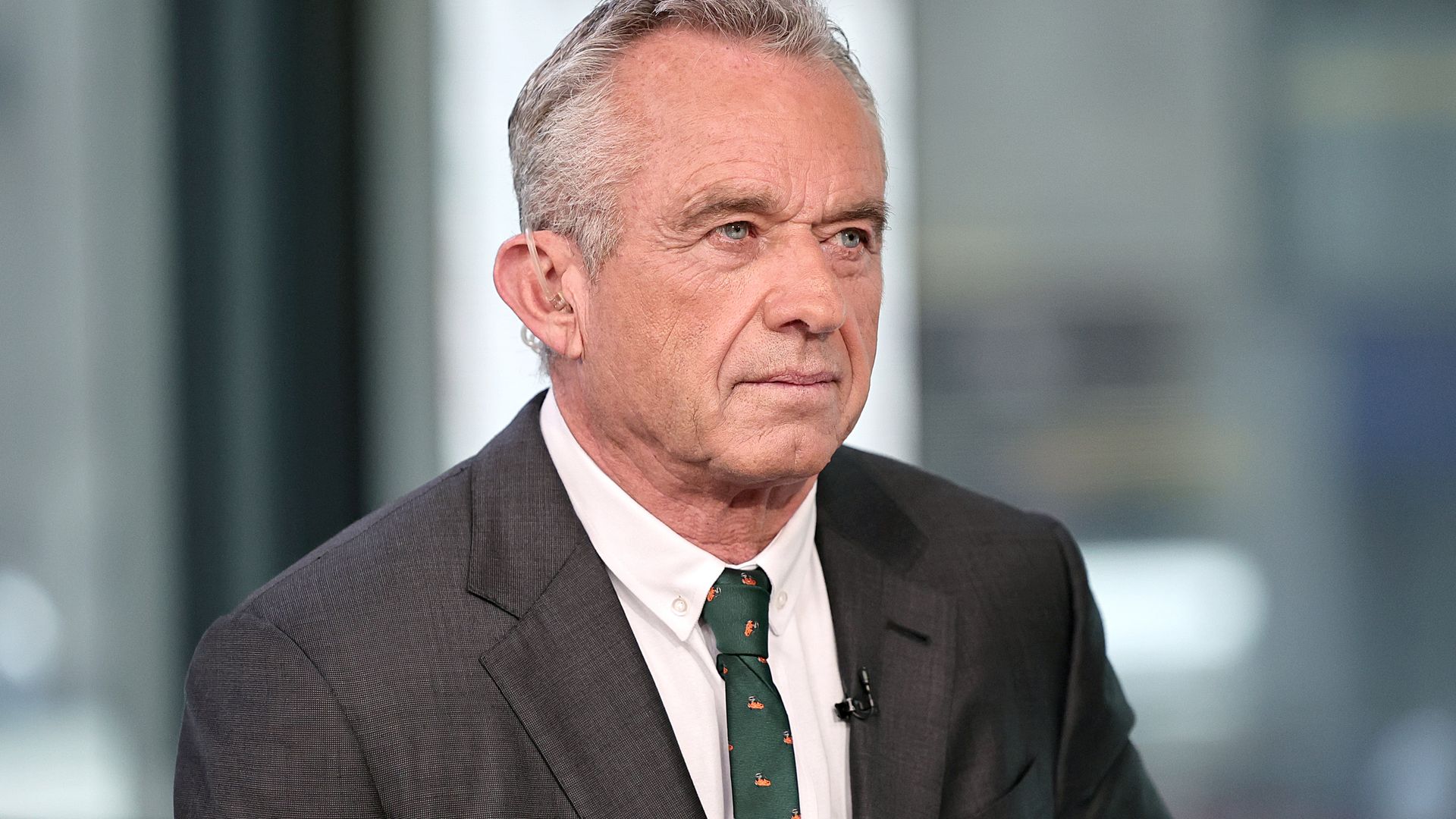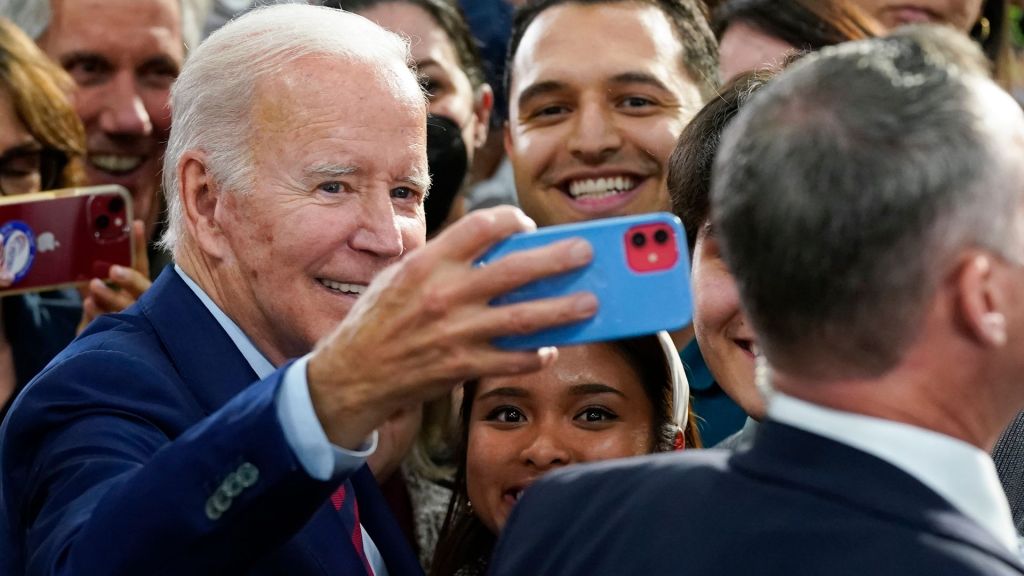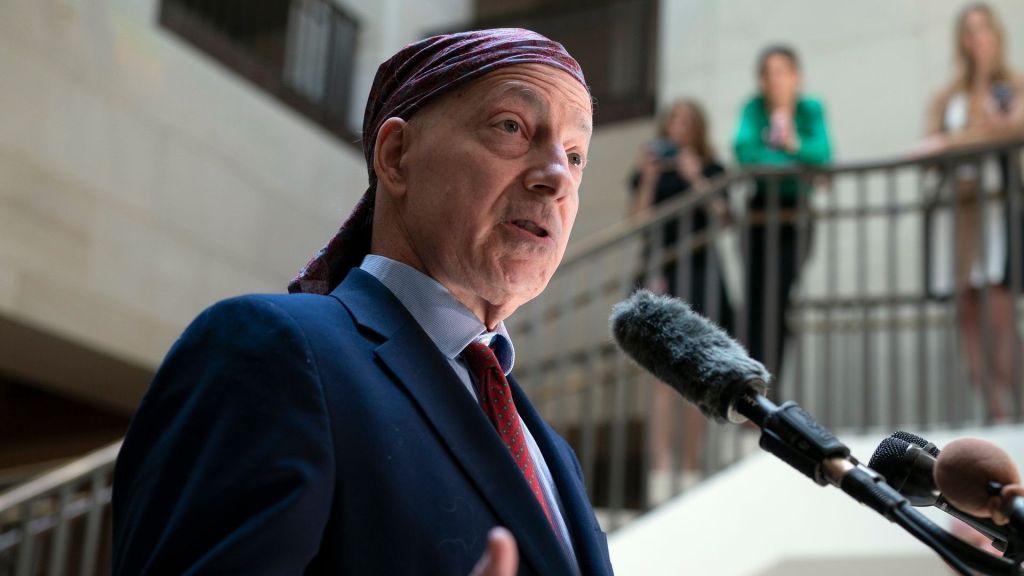
[RAY BOGAN]
Robert F. Kennedy Jr. launched his presidential campaign as a Democrat.
The shirtless, anti-vaccine political scion got a lot of attention, but not a lot of traction in the Democratic primary, so he went independent.
He is now the highest polling independent candidate in the 2024 presidential race.
Despite that, he’s only on the ballot in one state: Utah. He’s working to get ballot access in all 50. So how does he, or any other independent candidate get approved to appear on the presidential ballot this 2024 election? The short answer is each state has different requirements, forms and deadlines. But that’s a very basic answer about this multifaceted process.
It starts by collecting signatures on a petition to be submitted to the secretary of state’s office. The number of signatures needed varies significantly. As an example, in Texas, independents need more than 110 thousand (113,151) signatures of registered voters who did not vote in the presidential primary of either party.
It’s simpler in Tennessee where a candidate must obtain the signatures and addresses of at least two hundred seventy-five voters registered anywhere within the state.
But in other places it’s more complex. In New York, candidates need 45,000 signatures total. But they need at least 500 each from 13 different congressional districts. So in other words, you can’t just walk around collecting signatures in New York City.
Because the United States uses the electoral college to choose a president, some states, like California and Texas, require the candidates to have qualified electors who pledge their votes to them.
Finally there are rules as to when candidates and their teams can collect these signatures. The filing deadlines range from March 5 in Utah and North Dakota to September 6 in Kentucky and Mississippi. The other 46 states and DC fall somewhere in between, most are in July and August. And there are windows for when signatures are allowed to be collected. For instance in Texas, a candidate can’t start collecting signatures until March 5. In California, the nomination papers can be circulated for signatures between April 26 and August 9.
So once you learn all that, it makes sense that RFK Jr. isn’t on the ballot in so many states. He can’t be. The window isn’t open yet in many states and in others he hasn’t fulfilled another key requirement – choosing a running mate.







